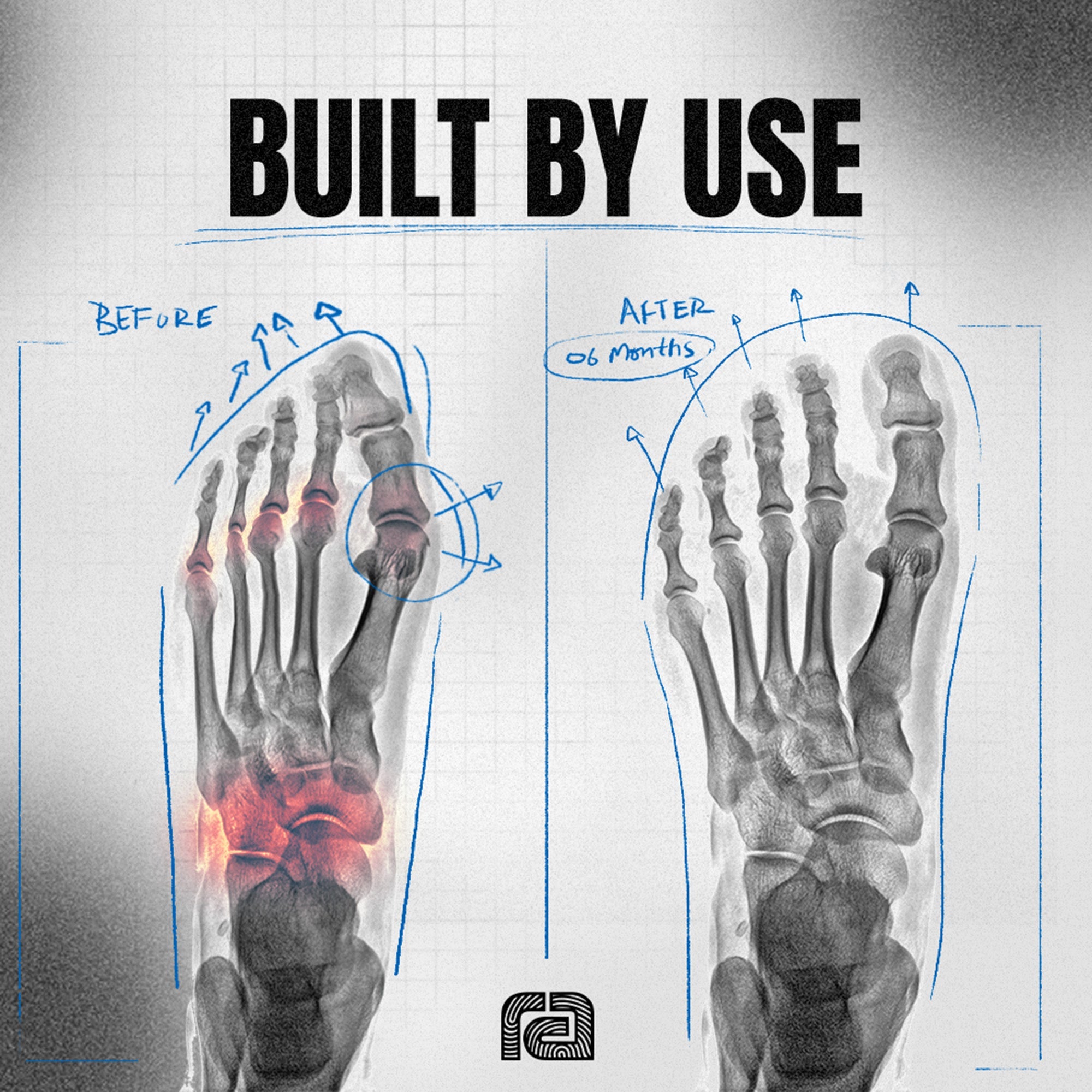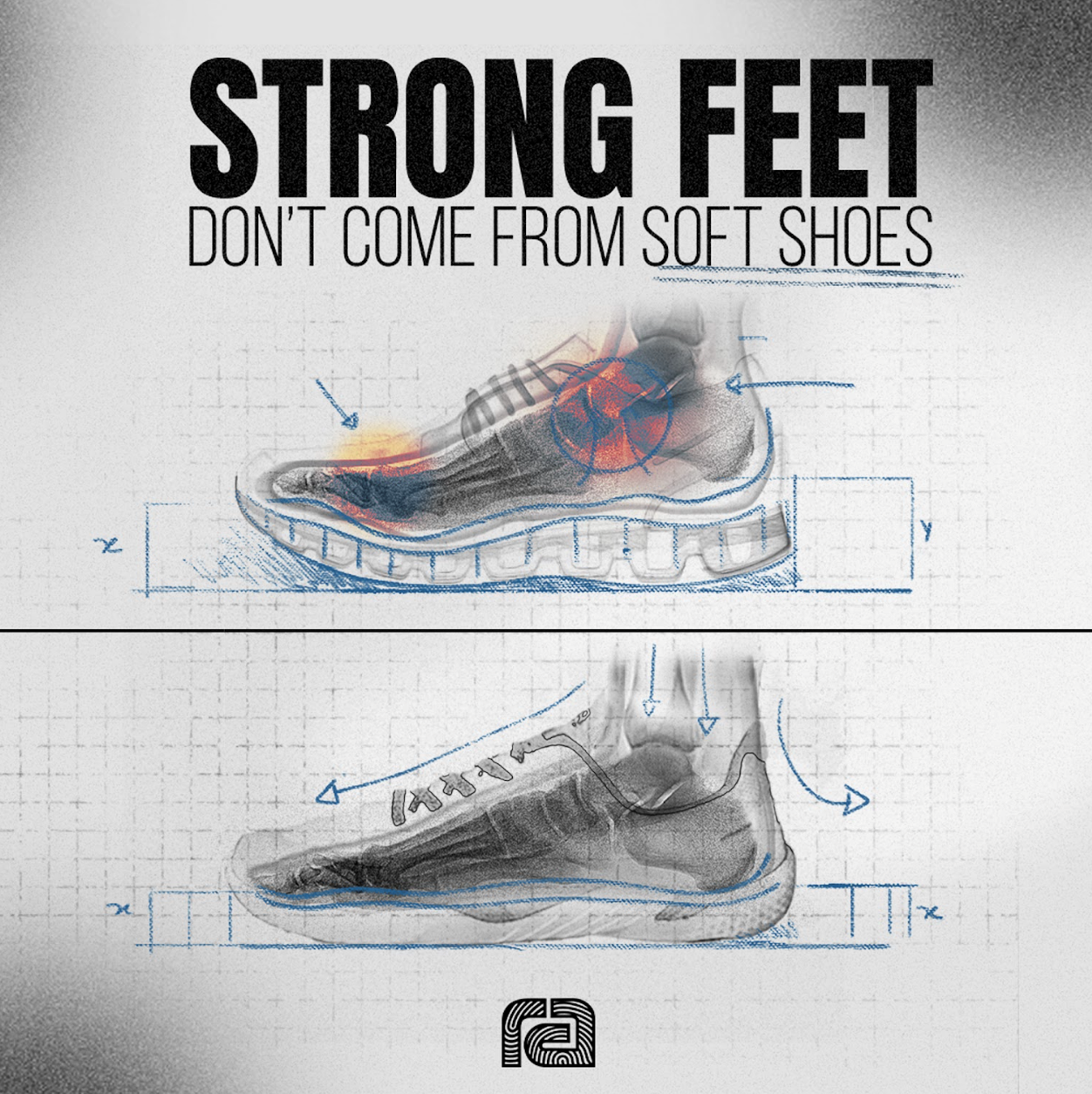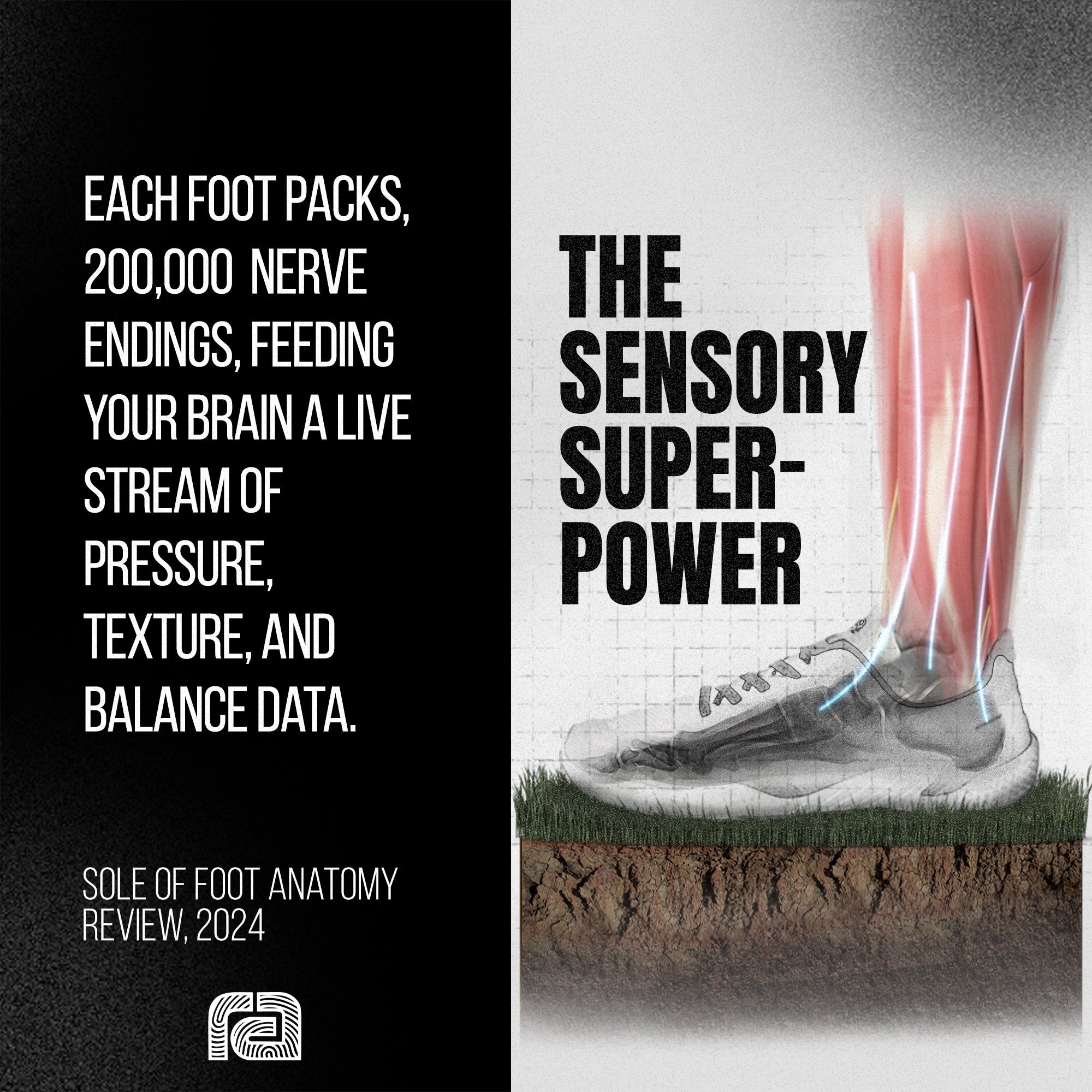
Why Running Barefoot Might Be the Healthiest Thing You Can Do for Your Feet
We’ve been told for decades that good running shoes should be thick, cushioned, and loaded with tech. But what if the best "technology" for running is something we were born with our bare feet?
A groundbreaking study published in Nature shook the running world by comparing barefoot runners to those who use modern running shoes. The results? Let’s just say, your feet have been trying to tell you something all along.
Meet the Minds Behind the Science
This study was hard science led by evolutionary biologist Dr. Daniel E. Lieberman from Harvard University, along with a team of researchers:
Madhusudhan Venkadesan, William A. Werbel, Adam I. Daoud, Susan D’Andrea, Irene S. Davis, Robert Ojiambo Mang’Eni, and Yannis Pitsiladis.
Together, they explored how runners who grew up barefoot (like many in rural Kenya) strike the ground compared to those raised in heavily cushioned shoes.
How You Land Matters
Most runners in cushioned shoes hit the ground heel-first (rearfoot strike). Thanks to all that padding, it might feel smooth, but every heel strike generates a sudden, jarring force that travels straight up your legs. Ouch.
In contrast, barefoot runners tend to land on the front or middle of the foot—known as forefoot or midfoot striking. This leads to dramatically lower collision forces with the ground.
As Dr. Lieberman puts it:
“People who don’t wear shoes when they run have an astonishingly different strike. They tend to land on the ball of the foot or sometimes the middle of the foot. By doing so, they have almost no impact collision.”
This isn't just anecdotal—it’s physics. Forefoot striking naturally engages the foot and ankle's shock-absorbing mechanisms. Your body becomes the cushion.
Ancient Wisdom > Modern Cushion
Humans have been running for over 2 million years, barefoot or in simple sandals. Modern running shoes only showed up in the 1970s. So, when did we start thinking feet needed help doing their job?
In communities where barefoot running is still the norm, runners log incredible distances without chronic injuries. Why? Because their form works with their anatomy, not against it.
This study showed that barefoot runners generate significantly smaller collision forces, thanks to greater ankle compliance and a more plantarflexed (pointed) foot position at landing.
Translation: Your body knows how to run. You just need to let it.
Can I Just Ditch My Shoes?
Not so fast. If you’ve spent your whole life walking around in foot prisons (read: stiff, padded shoes), your muscles, tendons, and brain are wired for that kind of support. Going barefoot cold turkey can do more harm than good.
What you need is a transition not a leap.
That’s why we built RARA Barefoot - footwear that gives you the best of both worlds. We design our shoes around natural movement, not marketing gimmicks.
The RARA Difference
Our barefoot shoes are grounded in everything this research—and your anatomy—stands for:
-
-
-
-
-
-
-
-
Zero-drop soles: Keeps your heel and forefoot aligned, just like nature intended.
-
Wide toe box: Your toes need room to spread, flex, and stabilize.
- Super flexible design: So your foot can move, not just sit there.
-
-
-
-
-
-
-
It’s footwear that doesn’t get in the way of your body doing what it was built to do.
Final Word: Trust Your Feet
This study doesn’t say barefoot running is a cure-all. But it does show that natural movement reduces stress, lowers impact, and might help prevent common injuries.
So if your feet have been begging for freedom, maybe it’s time you listened.
Study Reference
Lieberman, D. E., Venkadesan, M., Werbel, W. A., Daoud, A. I., D’Andrea, S., Davis, I. S., Mang’Eni, R. O., & Pitsiladis, Y. (2010). Foot strike patterns and collision forces in habitually barefoot versus shod runners. Nature, 463(7280), 531–535. Read the full study





